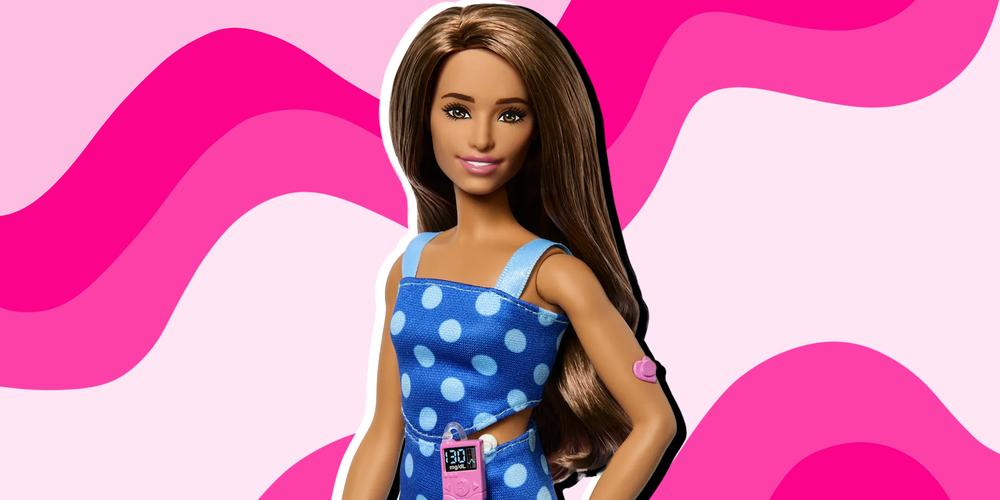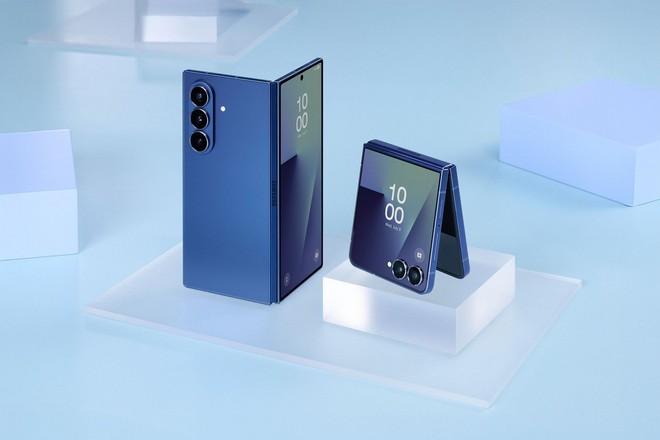Barbie’s new doll promotes inclusivity by celebrating women with Type 1 diabetes, including Lila Moss and Robin Arzón.
Featured VideoBarbie has unveiled a new doll featuring medical devices for managing Type 1 diabetes. This marks its first-ever release to highlight this chronic condition. The doll is part of the brand’s Fashionistas line.
It aims to reflect the lived experience of individuals with diabetes more accurately. To achieve this, Barbie partnered with Breakthrough T1D (formerly known as JDRF), a nonprofit focused on diabetes research and advocacy.
Advertisement“Introducing a Barbie doll with type 1 diabetes marks an important step in our commitment to inclusivity and representation,” said Krista Berger, senior vice president at Barbie, in a press release. She added that children deserve to see themselves in the toys they love.
The new doll features a continuous glucose monitor on her arm, secured with heart-shaped tape. She also has an insulin pump on her waist. The Barbie carries a smartphone with a CGM app. She sports a blue polka-dot outfit, which is a nod to diabetes awareness symbols. A pastel blue purse rounds out the look, designed to hold diabetes supplies and snacks.
Mattel is also donating dolls to Breakthrough T1D’s 2025 Children’s Congress. It is an event in Washington D.C. where kids with Type 1 diabetes meet lawmakers to advocate for research funding.
AdvertisementHonoring icons and sparking conversation online
To further amplify the message, Barbie honored two women who are living with Type 1 diabetes: model Lila Moss and Peloton instructor Robin Arzón. Both now have dolls modeled after them.
Moss said that the honor was “both surreal and special.” Arzón shared that she hopes the new release will show children that “can help show kids that all types of challenges give us all the more reason to push forward and achieve our dreams.”
Social media users offered mixed reactions. Many praised the initiative, calling it an overdue step toward normalization. X user @emailsavenue tweeted, “i would’ve given anything to have this doll when i was a little girl in and out of hospital beds.”
Advertisement“As an adult I am getting this for my childhood self who would’ve felt so seen with a Barbie like this,” commented @boxofficefail.
However, others criticized the brand for what they viewed as performative inclusivity. A few skeptics questioned whether the dolls would truly impact public perception or health education. That being said, those critics were largely people who were not the target audience of the inclusive dolls. This includes men who never touched a Barbie doll.
AdvertisementType 1 diabetes is becoming increasingly more common
Still, the timing of Barbie’s announcement coincides with an upward trend of more children being diagnosed with Type 1 diabetes than ever before. According to the CDC and the American Academy of Physician Associates, diagnoses of Type 1 diabetes in U.S. youth are projected to rise 65% by 2060. Even more striking, Type 2 diabetes diagnoses in that same age group are expected to grow by 673%. Diagnosis trends have also shifted demographically, with increases seen more rapidly in Black, Hispanic, and Asian youth than in white populations.
Experts now recognize that more than half of new Type 1 cases occur in adults, and about 40% of those adults were initially misdiagnosed, complicating care.
Advertisement
 US appeals court blocks FTC’s ‘click-to-cancel’ rule for subscriptions
US appeals court blocks FTC’s ‘click-to-cancel’ rule for subscriptions